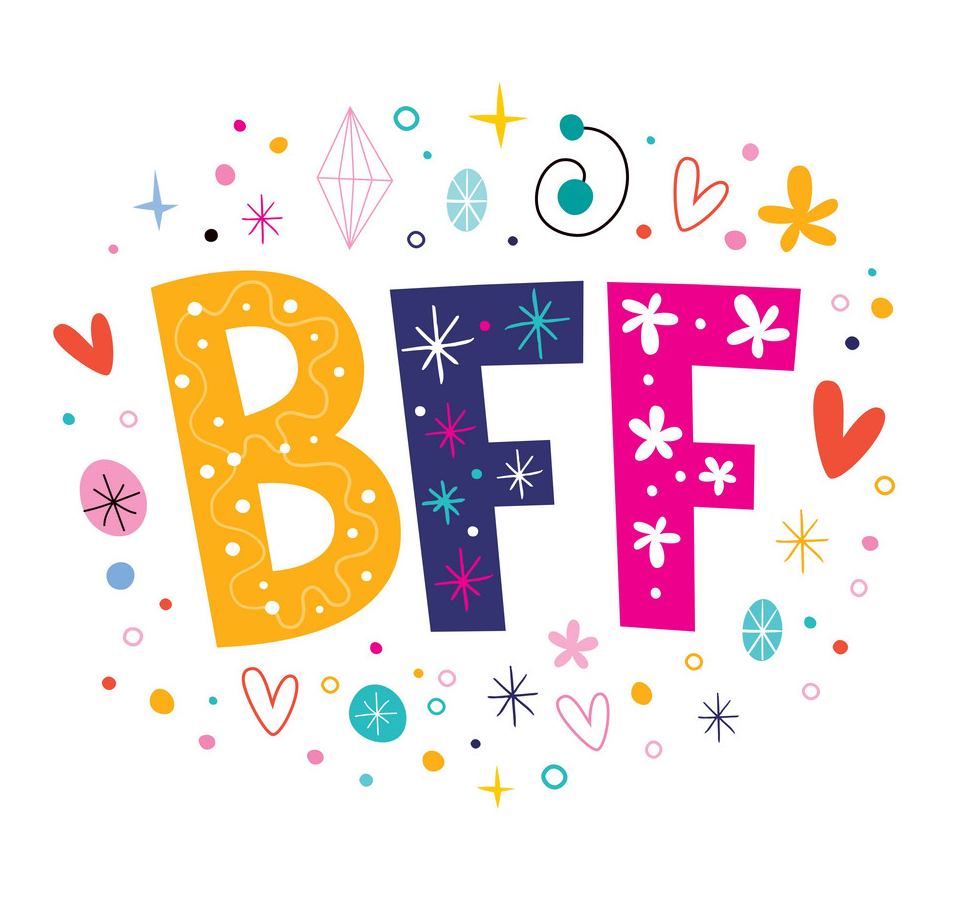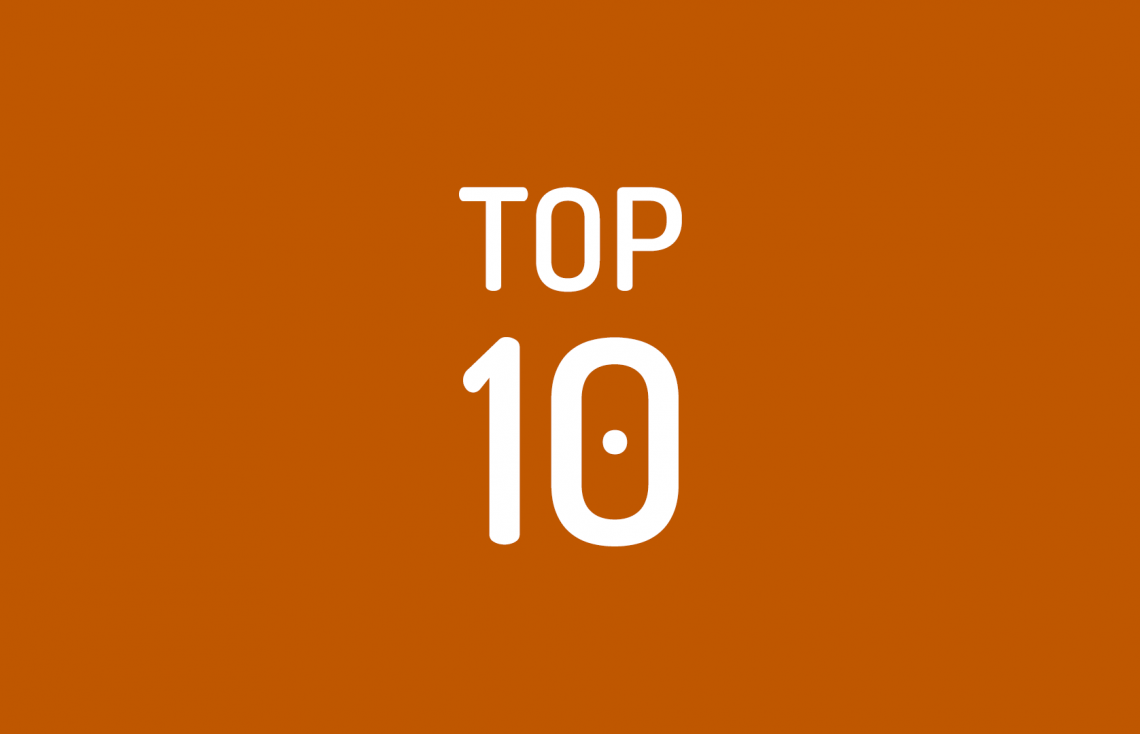L&D can’t do it alone. I’m not just being metaphorical or generically espousing the benefits of collaboration. An L&D team literally cannot operate autonomously within a typical organization. We need help from other teams to get our jobs done to the best of our ability. This isn’t unique to L&D by any means. But, given the people-first nature of our work, we are in a clear position to model the benefits of cross-functional partnership.
Of course, L&D should be best friends with and major supporters of everyone in the organization. Unfortunately, thanks to power struggles, accountability gaps and super-exciting office politics, this typically isn’t the case. With that in mind, here are a few teams with whom you should DEFINITELY build solid relationships – if you hope to evolve your practice in any meaningful way.
Note that I am not including subject matter experts, business stakeholders or frontline employees on the list. They should already be top of mind at all times.
IT
How many of you have never complained about IT? “They won’t make time for us!” “We’re never their priority!” “Booooooo!”
Well, the reality of the situation is that you need IT to enable anything digital that you want to do. Get to know their work processes and guidelines so that, when you have a request, you know how to best position it and proactively eliminate objections. Also, work well ahead of your deadlines whenever possible. IT will always prioritize customer-facing work over internal stuff. Know what’s on the IT project calendar so you don’t frustrate them by piling onto an already crowded schedule.
Corporate Communications
When you think about it , corporate communications and L&D do basically the same thing – but in very different ways. You’re both interested in getting employees the information they need to do their jobs. Comms tends to stay high level via mass distribution of emails, videos, intranet posts and print media while L&D gets a bit more in the weeds. But you’re both talking to the same audience. Unfortunately, the messages, tactics and priorities sometimes conflict, which adds more confusion to the employee experience.
L&D must be strategically aligned with Comms at all times. You can’t wait for high profile projects and then just divvy up the workload. There should be clarity in purpose and role between the two teams so the message is delivered to the audience in a clear, simple and predictable way. Both Comms and L&D should know when to engage and/or defer to one another when engaged by a stakeholder for support.
Legal/Compliance
They can stop everything you’re doing with one email. They can also add a pile of questionable training requests to your plate. There will always be lawyers, and they will always prioritize the protection of the company over “established learning principles.” You can’t get around them, so you just have to go through them.
First, know where the lines are drawn. What’s completely off the table when it comes to topics and tactics? More importantly, WHY is it off the table (external regulation or internal rules)? Understand the playing field before you get your hand slapped. Second, how can you help Legal/Compliance better understand your perspective on workplace learning? Of course they want every employee to receive training on everything. It sounds like a great idea to someone who (1) doesn’t do the job and (2) doesn’t focus on learning professionally. Demonstrate your tactics and showcase how they can meet Legal/Compliance requirements while benefitting the employees and overall business – before it’s time for the next compliance project.
Procurement
Do you want to buy something? I’m sorry … procure something? Hence the name, right! Companies have been burnt time and time again by bad vendors and conflicting agreements. So, now the big orgs require you to go through a central team to buy anything that isn’t edible. The last thing you want to do is let Procurement policy override the needs of your audience.
You need your Procurement person to understand the details of what you do more than most of your partners. So, when it comes time to RFP, they really know what to look for and don’t default to their personal perspectives on workplace learning. Is Procurement not part of your L&D audience? You may want to consider looping them in. They need to “get it” so they can help you “get it” (it being whatever you need to buy).
Business Intelligence
This should be your BEST BFF! They have all the data!!! Sales figures. Safety incidents. Customer satisfaction results. And they specialize in transforming this raw data in actionable business recommendations. You’re going to want to help inform those recommendations when it comes to employee perfromance.
Most L&D pros are familiar with the other teams on this list. But there are plenty who have never heard of BI and even more who don’t really know what they do. Today, every business is a data business, and this group is the central hub for that strategy. But you won’t know how this function can benefit your L&D strategy until you do some research. Find them. Say hello. Ask for a breakdown of what they do. Start informal conversations about how you may be able to partner in the future as you evolve your own data practices. L&D ♥ BI …
Regardless of the team or reason you need their support, here are a few basic principles to keep in mind.
- Get to know them BEFORE you need them. You know what it feels like to only be involved when someone needs something. Always be working on the relationship so that, when the time comes, you’ve already established trust.
- Give more than you take. Don’t just walk through the door telling someone what you need. Ask how you can be helpful to them as well. If they see value in your work, they are more likely to prioritize your needs.
- Don’t play politics. It is very tempting to play the power game and leverage your influence to get your way. It will ultimately come back to get you.
Which relationships do you find critical to getting your job done? How do you build and maintain cross-functional relationships in your organization?




